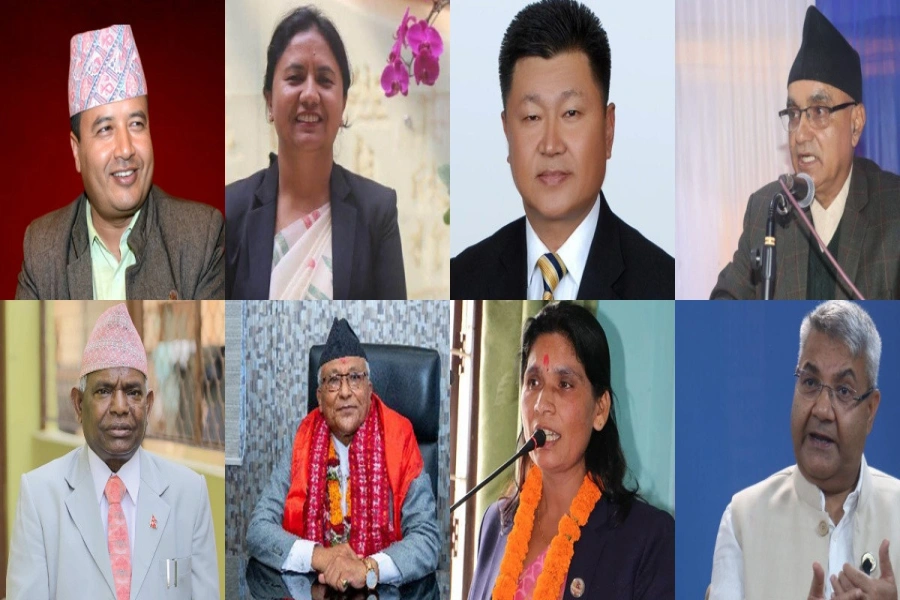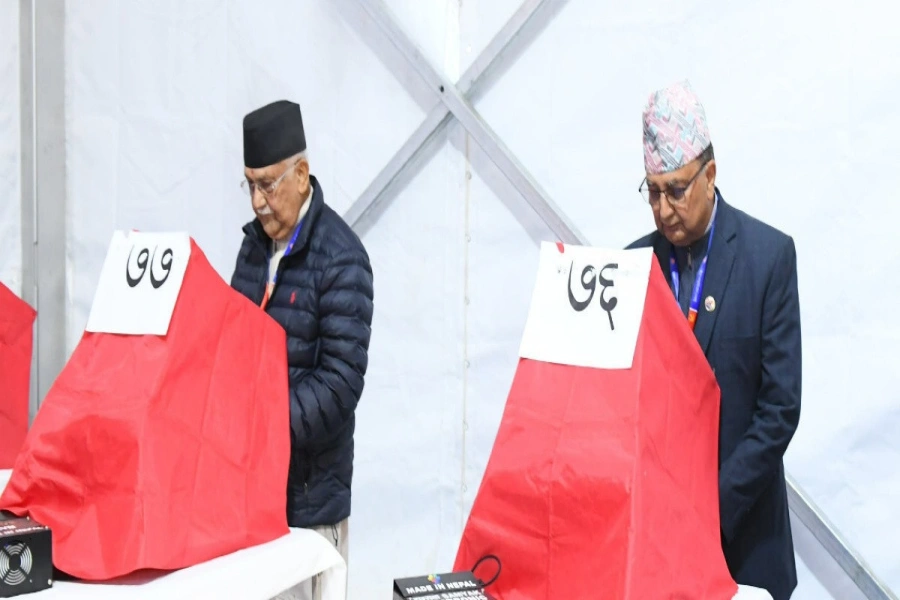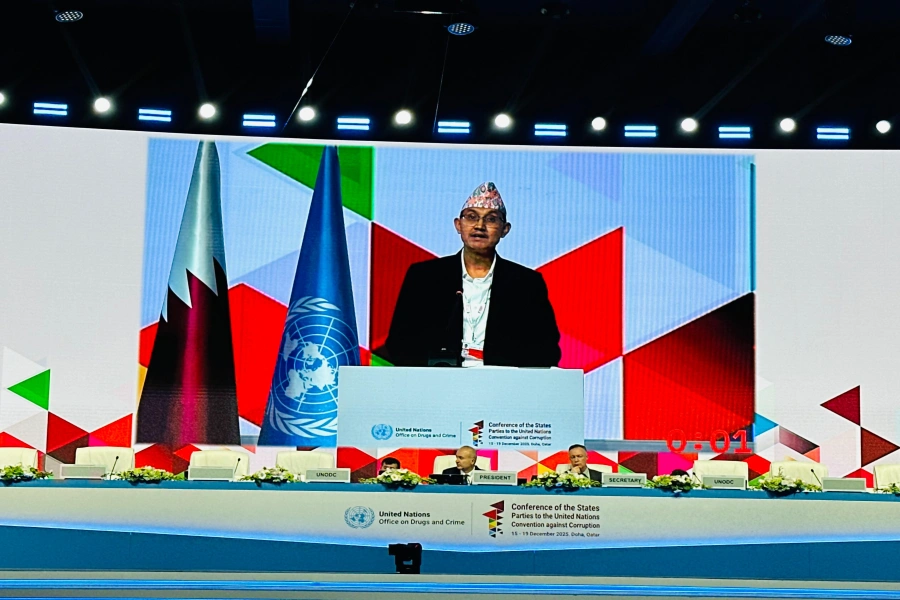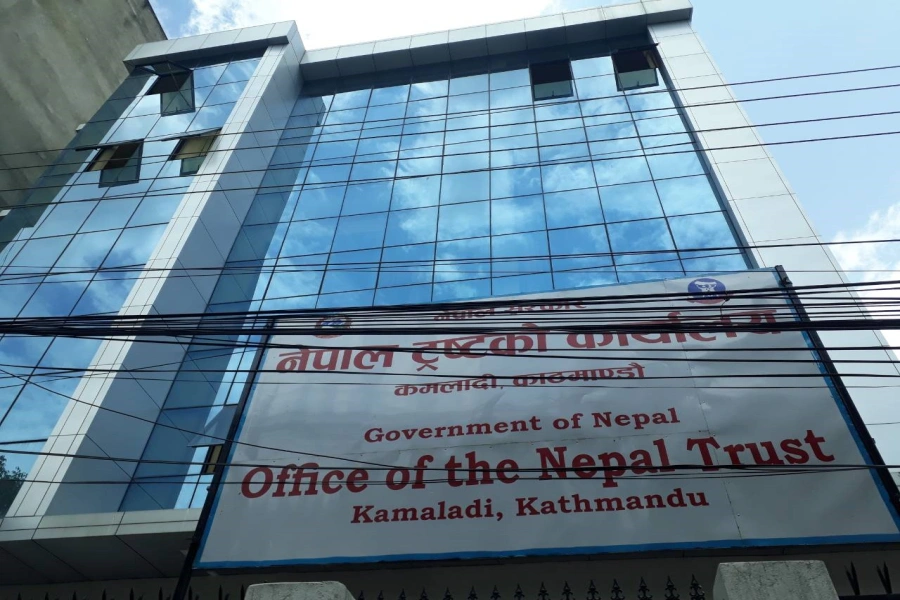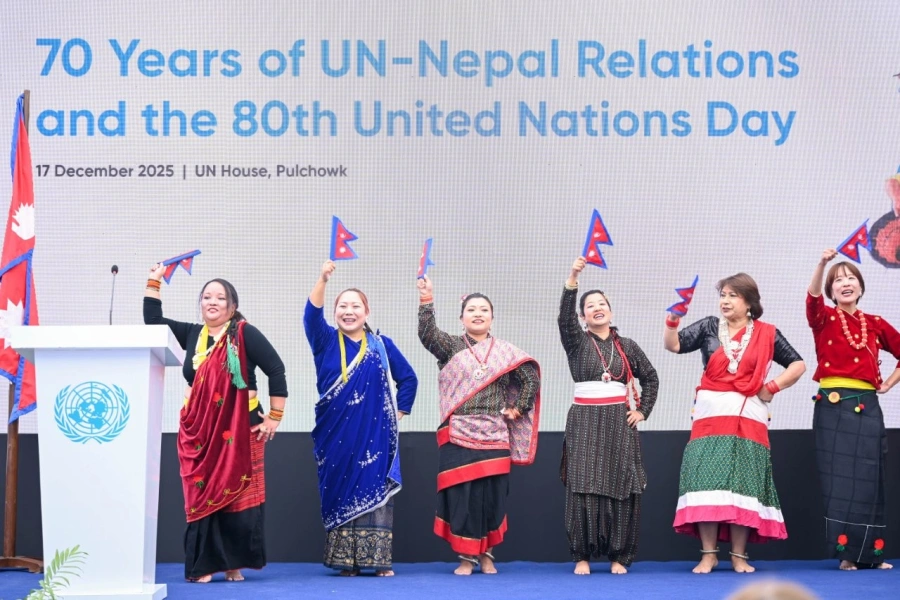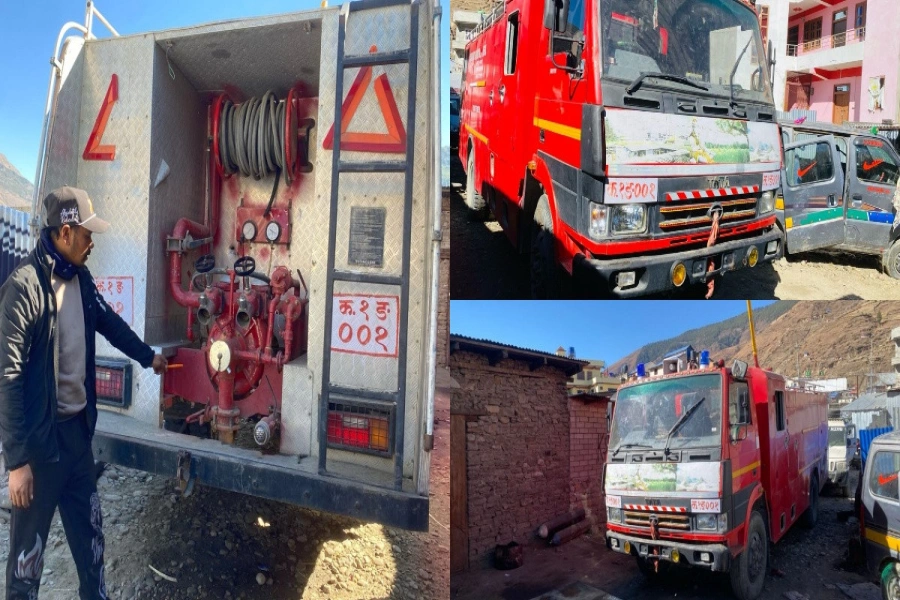Public expectations are high when global leaders gather to discuss world issues. Each year, global leaders from the government, business, and civil societies gather at the World Economic Forum (WEF) Annual Meeting held at Davos, Switzerland. As many as 2,700 leaders from 130 countries including 52 heads of state/government engaged in constructive dialogues to address crucial issues affecting every country’s economy. What do these discussions mean for Nepal and what collaborative solutions are possible within South Asia?
The WEF convened its 53rd Annual Meeting from January 16 to January 20, 2023, under the theme ‘Cooperation in a Fragmented World’, calling on world leaders to address the immediate economic, energy, and food crises causing fragmentation in the geopolitical landscape. The sessions addressed the global economic state, Russia and Ukraine, climate change solutions, global inflation, supply chain diversification, and other critical topics. This four-day session reinforced cooperation between the government and business sectors leading to collaborative solutions for a strong and resilient recovery. Let us look at a few popular outlooks relevant to Nepal and South Asia.
Economy
The strongest regions in 2023 were predicted to be the Middle East and North Africa (MENA) and South Asia, according to a survey by the WEF’s Chief Economists Outlook. This was a surprise since two-thirds of the respondents also considered a global recession likely in 2023 owing to rising inflation and slow growth caused by the “poly-crisis” situation created by the simultaneous effects of COVID-19 and the war in Ukraine. However, the last quarter of 2022 saw some easing of inflationary pressures. The reasons behind South Asia’s ‘strong region’ prediction can be attributed to rapid and synchronized monetary policy tightening moves, supply chain stability, decline in food and energy prices, and growth of services-led-economies. The more services-led economies (India, Nepal, and the Maldives) are expected to reasonably recover given the ease of movement for tourists whereas Afghanistan, Sri Lanka and Pakistan are in more precarious shapes. Global leaders stressed that fiscal policies should be consistent with reducing inflation and should not be expansionary. Furthermore, China’s reopening of its borders in January has a significant impact for the global economy as it will increase consumption in global energy, create competing energy and raw material needs, and possible pressures in inflation.
Davos meeting good opportunity to make Nepal widely known

Resilience
Interest rate changes increased pressure on households and businesses to lean more toward savings and slowed demand-related inflationary pressures. According to the World Bank, countries have undertaken revenue measures such as increasing indirect taxes, broadening the tax base, and reducing fuel subsidies to manage debt sustainability. This is how economies are building resilience. The Deputy Managing Director of the International Monetary Fund, Ms Gita Gopinath, significantly shifted the sentiment in global leaders when she told the world that the road ahead is tough but there are signs of resilience. There was a general consensus in the meeting that the situation is not as bad as expected. The inflationary pressures seem to be under control, and this is evident in economies including in India where headline inflation, including food and energy prices, is contracting whereas core inflation level remains difficult. The decline is caused by the easing food prices which account for nearly 40 per cent of India’s CPI (Consumer Price Index) basket.
Global trade and supply chains
Governments around the world have enacted protectionist policies to deal with inflationary pressures. However, this has created trade tensions and bottlenecks for businesses. This hampers the growth of local businesses who rely on exports. Governments are working toward creating a sustainable supply chain to improve their local economies by collaborating with public and private entities to liberalize trade and remove trade barriers. Solutions are focused on the upskilling of the supply chain workforce, increasing digital literacy, localized sourcing and diversification. The supply chain crises accelerated by the COVID-19 pandemic created a global trend of diversifying supply chains away from major hubs like China, to create more resilience and risk mitigation by diversification. This has created enormous opportunities for neighboring economies in the region, including Bangladesh and India. The WEF23 session on “India’s road to a $10 Trillion Economy” highlighted India’s journey toward economic development with the focus on investment opportunities, infrastructural landscape, inclusive and sustainable growth. India is pushing to have more supply chain partners harnessing the impacts of economic resilience, energy transition and digital transformation.
Perspectives on WEF23
The COVID-19 pandemic limited the 51st Annual World Economic Forum Meeting 2021 to virtual events and so, the in-person meeting at Davos 2023 with the greatest congregation of global leaders was a significantly immersive experience as described by the attendees present at Davos. The key takeaways from Davos 2023, from a South Asia-focused perspective, projected economic growth and resilience in service-led South Asian economies such as India, Nepal and the Maldives, supply chain diversification benefiting the region, and more resilient economic growth against inflation as food and energy prices ease down. As a country surrounded by two economic giants, Nepal can benefit tremendously from the economic growth in India and China. Especially, since China lifted its border restrictions in January 2023 and remains as a key investor in Nepal.
In line with Beijing’s Belt and Road Initiative (BRI), Nepal and China’s collaboration can strengthen relations and improve trade and connectivity, vital road networks, transportation and economic development in Nepal. When it comes to trade logistics, Nepal needs to coordinate with neighboring countries like India, China, and Bangladesh. Connectivity is a major obstacle for landlocked countries and hence the development of South Asian nations can facilitate Nepal to efficiently deliver their products and services across the world. As our currency is pegged with the Indian Rupee (INR), the stronger the INR, the more stability we face. This pegging system subsequently influences the purchasing power of the Nepali Currency against the US American Dollar since the Dollar is a widely accepted global currency and the center for any international trade. Furthermore, the increase in production of goods in India consequently enhances low cost of supplies to Nepal.
As the theme this year suggested, world leaders, business executives and civil societies called for unity and cooperation across many vital sectors including economic resilience, sustainable development, collaboration between private and public entities, trade and connectivity, and supply chain solutions. The truth is that the world has always advocated change in order to improve the state of the globe and to address the immediate concerns prevailing in many societies. However, advocacy is not enough to bring about change. Real change comes with actions and executing those actions is a hindrance for many economies and their leaders. Each stakeholder present at the WEF23 annual meeting as well as the general public actively following this progress has the responsibility to act against key global issues we are facing. Public and private entities must develop open platforms for young leaders and changemakers to contribute to their societies. Nepal can gain huge benefits from the progress and development achieved by South Asia in trade, connectivity, digital and economic sectors. Along with development comes its own challenges and therefore, business leaders and governments have the obligation to work together for sustainable solutions benefiting society.





